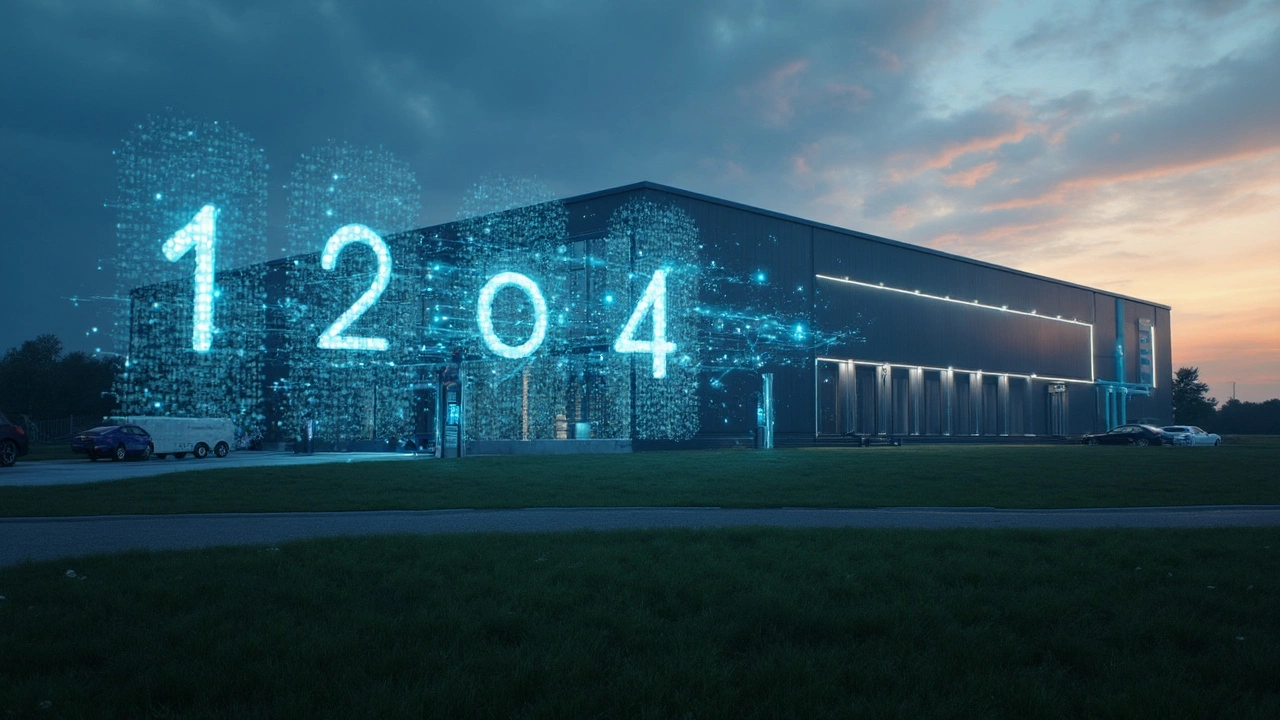Data Center Tiers Explained – What They Mean for You
If you’ve ever heard someone mention a "Tier 3" or "Tier 4" data center and felt lost, you’re not alone. The tier system is just a way to compare how reliable a facility is. It tells you how much power, cooling, and backup equipment is in place, and how often the center can stay up without interruptions.
Think of it like a hotel rating. A one‑star place might get the job done, but you’d expect occasional hiccups. A five‑star resort, on the other hand, aims for flawless service 24/7. Data center tiers work the same way, only the stakes are servers and the people who rely on them.
Tier Levels and Their Features
Tier 1 is the most basic. It has a single power and cooling path with no built‑in redundancy. If something fails, the whole building can go down. Expect about 99.671% uptime, which translates to roughly 28 hours of downtime per year. Small start‑ups or testing labs sometimes use Tier 1 because it’s cheap.
Tier 2 adds some redundancy. You’ll see backup generators or extra cooling units, but the paths are still not fully independent. This bumps uptime to about 99.741% or 22 hours of downtime annually. It’s a step up for businesses that can’t afford frequent outages but don’t need the highest guarantee.
Tier 3 is the industry standard for most enterprises. It offers multiple independent power and cooling paths, meaning you can perform maintenance on one line without taking the whole site offline. Uptime climbs to 99.982% – that’s about 1.6 hours of downtime a year. If you run an e‑commerce store or a SaaS platform, Tier 3 is usually the sweet spot.
Tier 4 is the gold standard. It has completely redundant systems, dual power feeds, and backup generators that can keep everything running even if a major failure hits. The design aims for 99.995% uptime, which is just 26 minutes of downtime per year. Large banks, health‑care providers, and any operation that can’t miss a beat often choose Tier 4.
Choosing the Right Tier for Your Needs
First, figure out how much downtime you can tolerate. A few hours a year might be fine for an internal test environment, but a banking app can’t afford even a single minute of outage. Next, match your budget. Tier 4 facilities cost significantly more because they need duplicate equipment and more staff.
Also, look at the services a provider offers. Some data centers market themselves as "Tier 3‑equivalent" even if they don’t have official certification. Ask for uptime history, maintenance logs, and real‑world performance numbers before you sign a contract.
Finally, consider future growth. If you expect to scale quickly, buying space in a Tier 3 or Tier 4 center now can save you the hassle of moving later. Many providers let you start in a lower‑tier zone and upgrade as you grow.
Bottom line: data center tiers are a simple rating system that tells you how reliable a facility is. Tier 1 is cheap but risky, Tier 2 adds a safety net, Tier 3 is the balanced choice for most businesses, and Tier 4 is the ultra‑reliable option for critical workloads. Pick the tier that matches your downtime tolerance, budget, and growth plans, and you’ll avoid costly surprises down the road.
May 28, 2025
Evelyn Wescott
0 Comments
Ever wondered what the tier ratings for data centers really mean? This article breaks down Tier 1 to Tier 4 data centers in simple language, showing how each tier offers different levels of security, reliability, and protection for your data. You'll learn how these standards impact real-world warehouse solutions, what investment makes sense for your needs, and some neat tips for choosing the right setup. This is your clear guide to making sense of all that confusing data center jargon.




